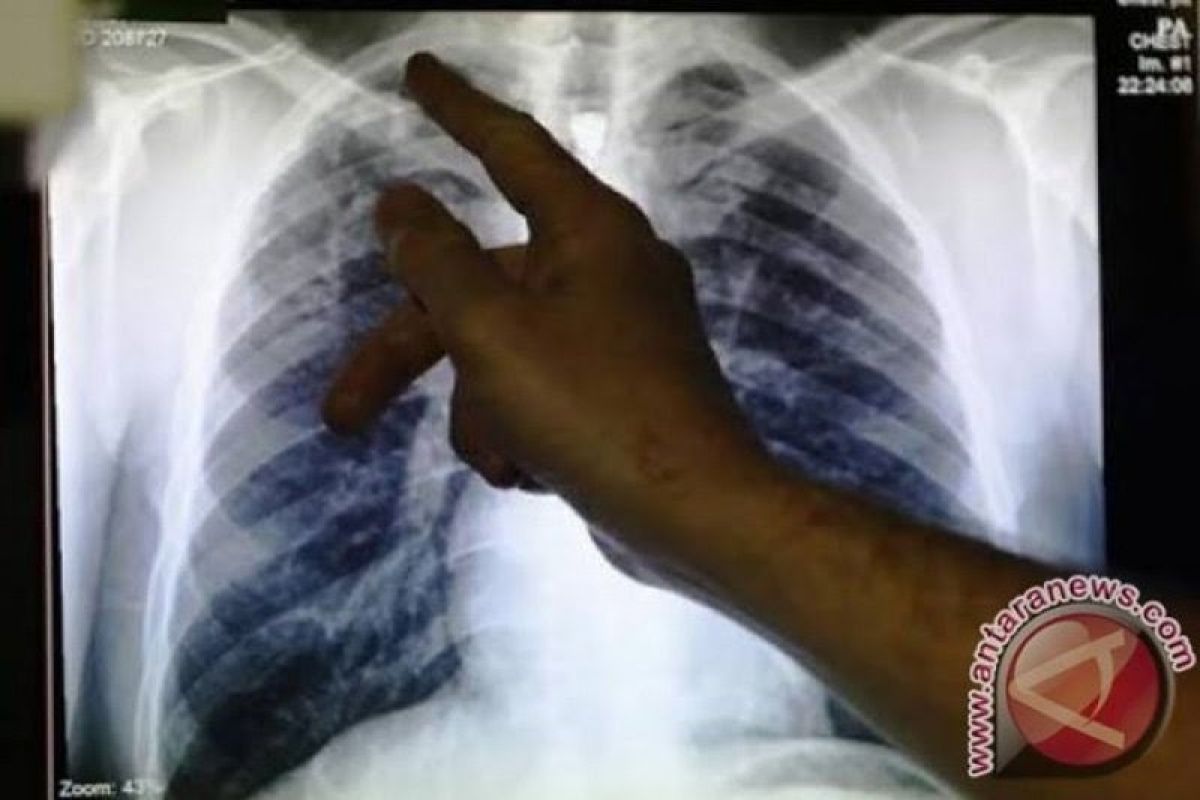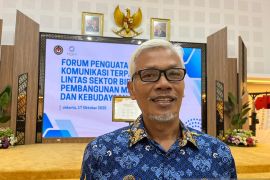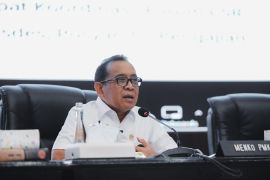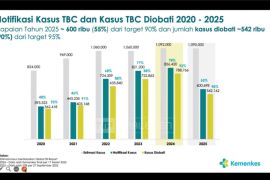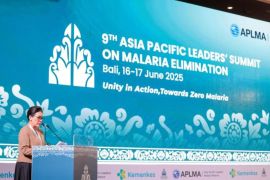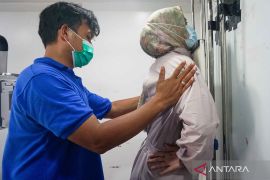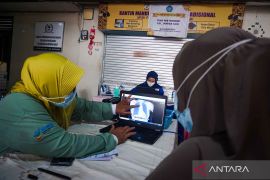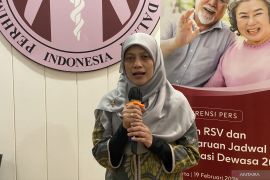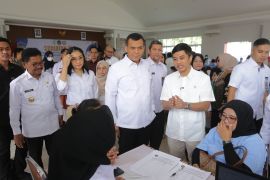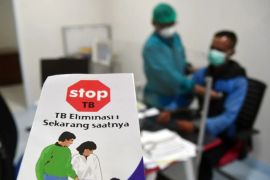"Indonesia has the second-highest burden of TB disease in the world. It is estimated that 845 thousand people in Indonesia fall ill every year due to tuberculosis," director of prevention and control of infectious diseases with direct transmission at the Ministry of Health, Siti Nadia Tarmizi, said here on Monday.
Of the approximately 845 thousand TB cases in Indonesia, only about 67 percent or 568,987 TB cases were identified by the Ministry of Health in 2019, she added.
According toNadia, four strategies have been adopted to eliminate TB and Drug-Resistant Tuberculosis in Indonesia by 2030, in accordance with Presidential Regulation Number 67 of 2021 concerning Tuberculosis Control, which President Joko Widodo signed on August 2, 2021.
The regulation aims for a TB incidence rate to 65 per 100 thousand population and reduce the death rate due to tuberculosis to six per 100 thousand population, she informed.
Related news: Indonesia set to forge forward in TB handling amid COVID-19 pandemic
The first strategy for TB elimination is increasing the intensity of education, communication, and dissemination among the public about the disease, she said.
The second strategy is increasing the intensity of outreach in the community to find tuberculosis patients, she informed.
The third strategy is strengthening health facilities, either in community health centers, clinics, or other public health services, she stated.
And fourth is strengthening information and monitoring systems to ensure that tuberculosis patients undergo treatment until they are cured, she added.
"To realize the TB elimination target by 2030, the community and the industries can play a major role through active participation in supporting the prevention of disease transmission, case finding, early detection and treatment assistance for TB patients," Tarmizi said.
The strategies require special efforts considering that they are being implemented amid the COVID-19 pandemic situation, and therefore, provincial, city, and district TB program managers are expected to make contingency plans, she added.
According to Nadia, program managers also need to map and appoint a temporary drug-resistant tuberculosis referral health facility to be separated from COVID-19 health facilities, which are under the head of the local health office.
The Ministry of Health is also encouraging the mapping of other health facilities for laboratory services in the context of TB diagnosis if the old network needs to be adjusted due to the handling of COVID-19 in the area, she said.
"The plan is to monitor the supervision of taking medication for TB patients using digital technology or WhatsApp numbers, hotlines, according to local capabilities. We are also encouraging the involvement of the local community in patient assistance," she added.
Related news: Only 24% tuberculosis patients have accessed health service facilities
Translator: Andi Firdaus, Raka Adji
Editor: Suharto
Copyright © ANTARA 2021
